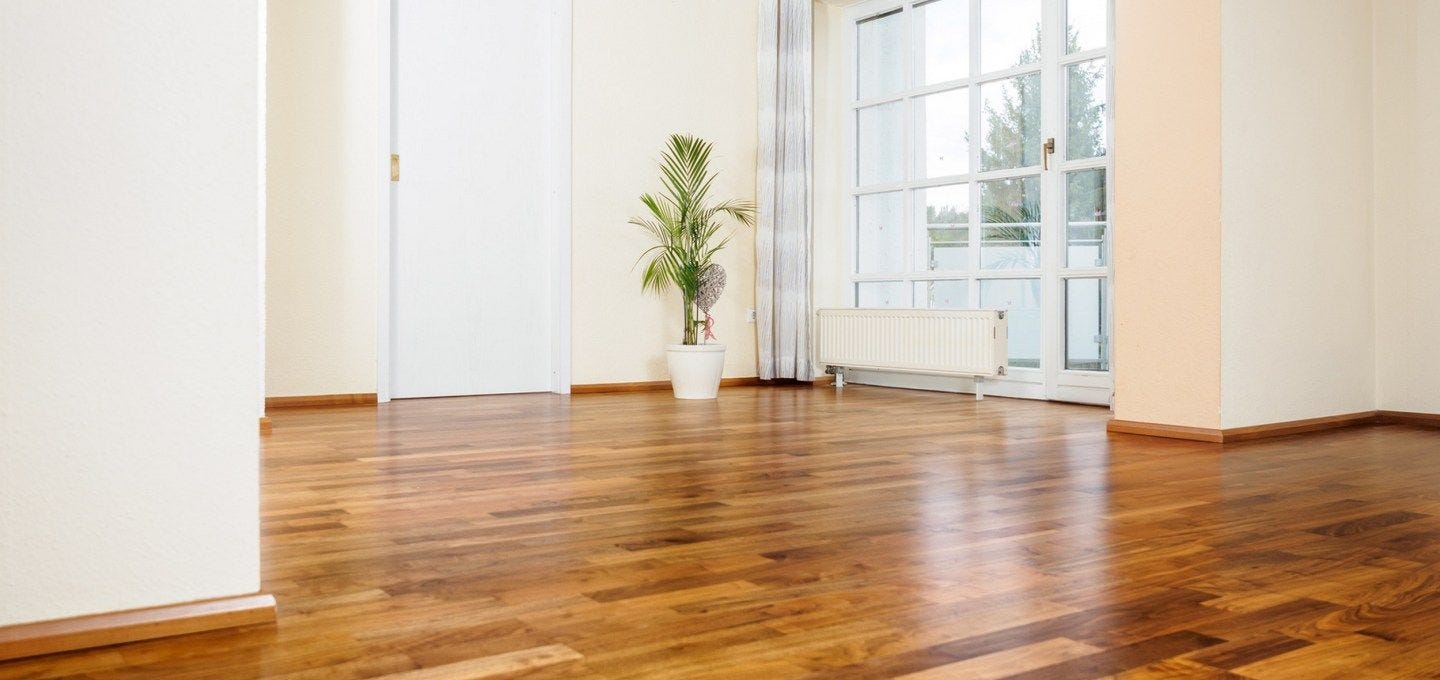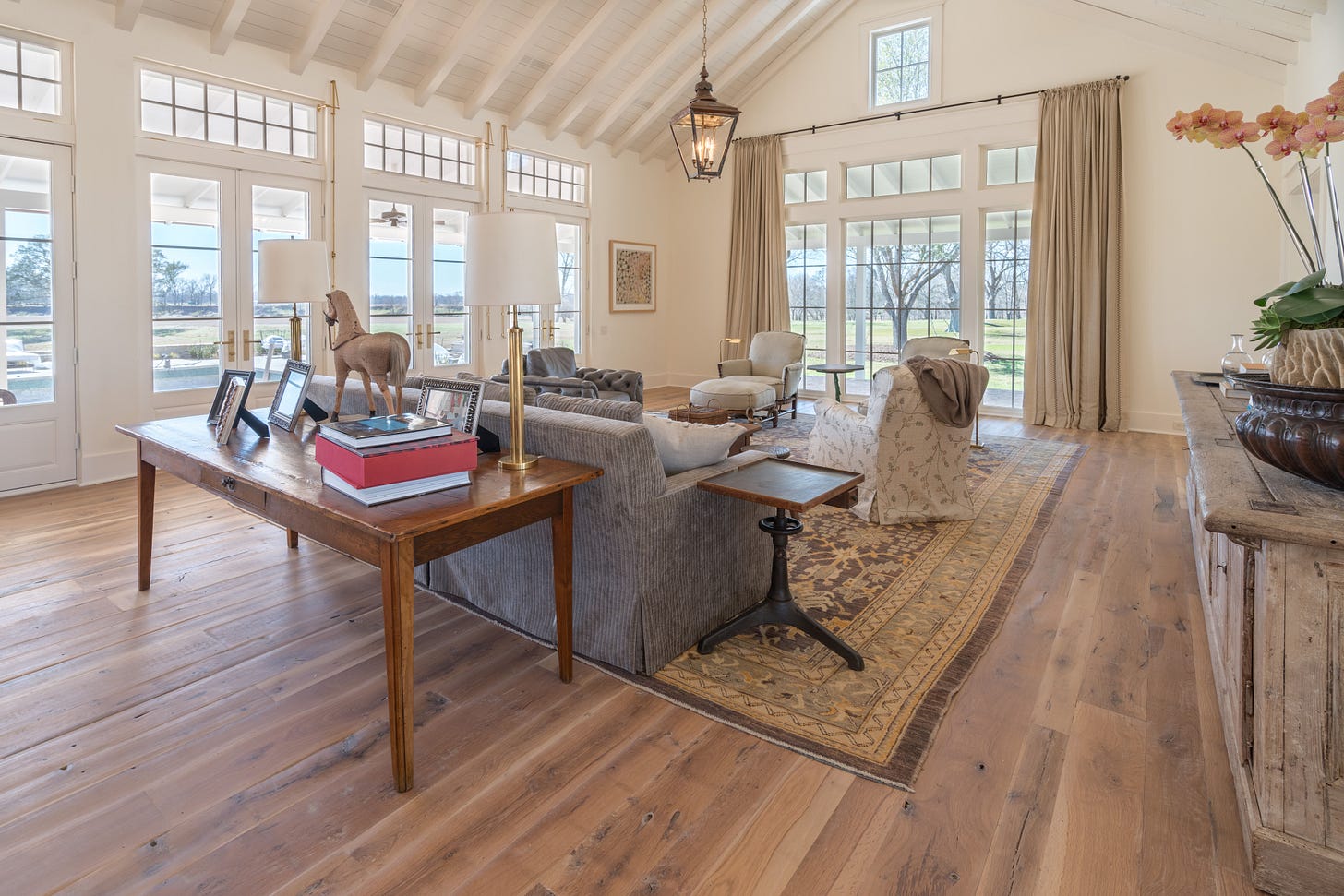Hardwood Floor Maintenance

Why Floor Maintenance Is Essential
When it comes to hardwood, proper Floor maintencean is critical. Unlike tile or vinyl, wood is a living, breathing material that responds to its environment. Seasonal humidity, dirt buildup, and neglect can all cause damage. Regular maintenance not only preserves the natural beauty of your floors but also protects their structural integrity. In fact, consistent care can extend the life of hardwood flooring by decades, saving homeowners from expensive replacements or repairs. Maintenance is also about protecting your family’s health, as clean, well-kept floors reduce allergens and dust.
Daily Hardwood Care Practices
Keeping hardwood floors in excellent condition begins with simple daily habits. These small steps prevent long-term damage:
- Sweep or dust daily using a microfiber mop that traps dust and dirt particles instead of scattering them.
- Vacuum weekly with a hard-floor attachment—never a beater bar, which can scratch the finish.
- Wipe up spills immediately using a dry or lightly damp cloth, since prolonged exposure to water is one of hardwood’s biggest threats.
- Protect furniture legs with felt pads or coasters to prevent dents and scratches.
- Encourage a no-shoes policy indoors, especially during wet or muddy weather.
These habits take only minutes each day but have a huge impact on the long-term beauty of your floors.
Seasonal Hardwood Floor Maintenance
One of the unique aspects of hardwood is its sensitivity to seasonal changes. Wood naturally expands and contracts depending on humidity and temperature. Here’s how to manage it effectively:
- Maintain indoor humidity between 35–55% with humidifiers or dehumidifiers, depending on the season.
- Protect entryways with mats and rugs to prevent moisture and grit from being tracked inside.
- Check for gaps in winter—small gaps between boards are normal when humidity drops and usually close when it rises.
- Use mats in kitchens and bathrooms near sinks and appliances to protect from unexpected spills.
By anticipating seasonal challenges, you reduce the risk of warping, cupping, or cracking.
What Not to Do with Hardwood Floors
Just as important as what you should do is knowing what you should never do when caring for hardwood. Some cleaning habits that work for other flooring types can cause serious damage here:
- Avoid steam mops—the moisture and heat can penetrate the wood, leading to swelling and damage.
- Skip harsh chemicals like ammonia, bleach, or abrasive powders, which strip finishes and dull surfaces.
- Do not wax polyurethane-coated floors—wax leaves a cloudy film and makes refinishing more complicated.
- Never drag heavy furniture—always lift or use sliders to avoid deep scratches.
Steering clear of these mistakes ensures your floors remain as stunning as the day they were installed.

Deep Cleaning for Lasting Shine
While daily dusting and sweeping handle surface debris, hardwood floors occasionally need deeper cleaning. Homeowners can:
- Use a hardwood-specific cleaner once a month to gently remove grime.
- Polish floors every few months to maintain a glossy surface and protect the finish.
- Hire professional cleaners for a deep clean that removes buildup ordinary products miss.
Deep cleaning revives the natural beauty of the wood and helps prevent long-term damage caused by dirt and grit.
Refinishing: Restoring Old Floors
Even the best-maintained floors eventually show signs of age. Scratches, fading, or dull finishes can make hardwood look tired, but refinishing can make them look brand new. The process involves sanding down the surface, repairing damage, and applying a fresh finish. Most hardwood floors benefit from refinishing every 7–10 years depending on foot traffic. This not only revives their appearance but also adds another protective layer to extend their life. For homeowners who want a fresh design, refinishing also provides the opportunity to change the stain color for a modern update.
Protecting High-Traffic Zones
Certain parts of the home, such as entryways, hallways, and kitchens, endure more wear and tear. To keep these areas looking great:
- Lay runners or area rugs in busy spaces.
- Rotate rugs periodically to avoid uneven fading.
- Select darker finishes or textured wood grains in high-traffic areas to help disguise minor scratches.
Strategic protection ensures that busy areas age gracefully without compromising style.
The Role of Professional Maintenance
While DIY care is essential, professional services provide the expertise and equipment needed to keep hardwood floors in peak condition. Professionals can:
- Perform deep cleaning using specialized products.
- Buff and recoat floors to restore shine.
- Sand and refinish to repair deep scratches and restore beauty.
- Advise on humidity control, protective finishes, and long-term care strategies.
Investing in professional maintenance every few years can add decades to the life of your hardwood flooring.
Long-Term Benefits of Hardwood Maintenance
Why does all this effort matter? Because hardwood floors aren’t just functional—they’re a valuable part of your home’s character and worth. Well-maintained hardwood:
- Increases property value—buyers are often willing to pay more for homes with stunning hardwood floors.
- Creates a healthier environment—clean hardwood reduces allergens, dust, and pet dander.
- Offers timeless style—hardwood never goes out of fashion, making it a long-lasting design choice.
- Provides comfort and warmth—hardwood feels inviting underfoot and adds natural beauty to any room.
When cared for properly, hardwood is not just flooring—it’s a long-term investment in your lifestyle and property value.
Eco-Friendly Maintenance Tips
Today’s homeowners are also mindful of sustainability. Eco-conscious hardwood maintenance can include:
- Using biodegradable or plant-based cleaners.
- Choosing rugs and mats made from natural fibers.
- Relying on refinishing instead of replacement to reduce waste.
- Maintaining humidity naturally by opening windows or using plants indoors.
By combining eco-friendly choices with traditional maintenance, you protect both your floors and the planet.
Final Thoughts
Hardwood floors are among the most beautiful and enduring flooring options available, but they demand care and attention. Daily habits like sweeping and spill cleanup, seasonal precautions to manage humidity, and periodic professional services all contribute to hardwood longevity. Avoiding harmful practices like steam mops and harsh chemicals ensures the finish stays vibrant. With proper hardwood floor maintenance, your floors will not only stay stunning but also increase your home’s comfort and value. In short, hardwood maintenance is about more than looks—it’s about preserving history, style, and strength underfoot for generations.